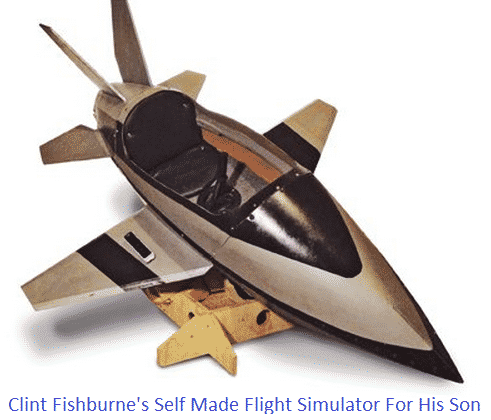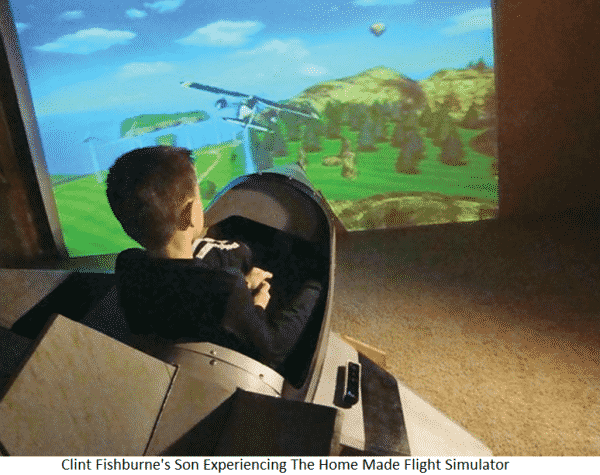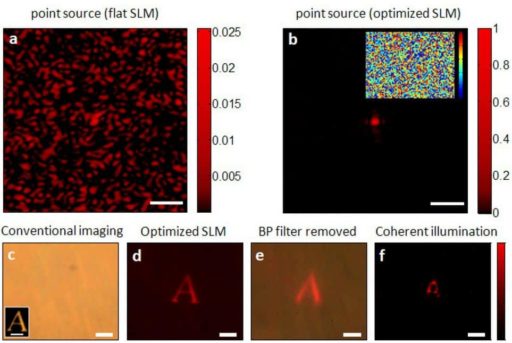Remember about our last report where we discussed about Flight Simulators? At the training period, pilots learn flying airplane or helicopter through Flight Simulator which helps them to experience the real flight environment and experience. A pilot gathered a lot of information about Flight Simulator only by reading books and websites and later decided to build his own flight simulator. Why? Because he wanted to help his children develop the body movement and muscle memory.
Clint Fishburne is a regional airline pilot. He lives in Atlanta. He has a deep quench for achieving knowledge. Whenever he gets time, he tries to gather knowledge and increase his encyclopedia. This Clint Fishburne has done a tremendous thing. He alone has made a flight simulator for his son at home. As Fishburne is a pilot, so he knows very well that, how much the body movement and muscle memory are important to fly and land a plane. So he wanted to build up his son with this experience. Finally, Clint Fishburne decided to make a Flight Simulator.
It’s easy to build a plywood and Poly-Vinyl Chloride (PVC) plane, frame and control stick. But making a platform that could do the same body movement like a real plane was not that much easy. Moreover creating such a flight simulator that would be able to carry a 75 pound child was even more tough. However, after some experimentation, Fishburne built 4 custom airbags that was made of PVC coated fabric to inflate the plywood, PVC) plane and frame. He connected them to a 457 air watt central vacuum motor. The amount of air in the 4 bags were not same. So, it allowed the simulator to bank or pitch up to 25 degrees on each axis. As the pilot pushes the controller (control stick) left, a valve increases airflow to the right airbag and educes air from the left. There is an accelerometer that sends spatial-position data to a laptop computer through a USB device. An LCD projector visualizes the whole imagery onto a wall by using Microsoft’s Flight Simulator software. He named it ‘Rec-Room Cockpit.’
The cost of commercial flight simulators starts from $2,800 in the market. But, Fishburne wants to inspire more young generations to become pilots. So, he wants to commercialize a kit version of his home made simulator. The price of this kit version of the simulator will be $1,200.
Source : PopSci
[ttjad]





